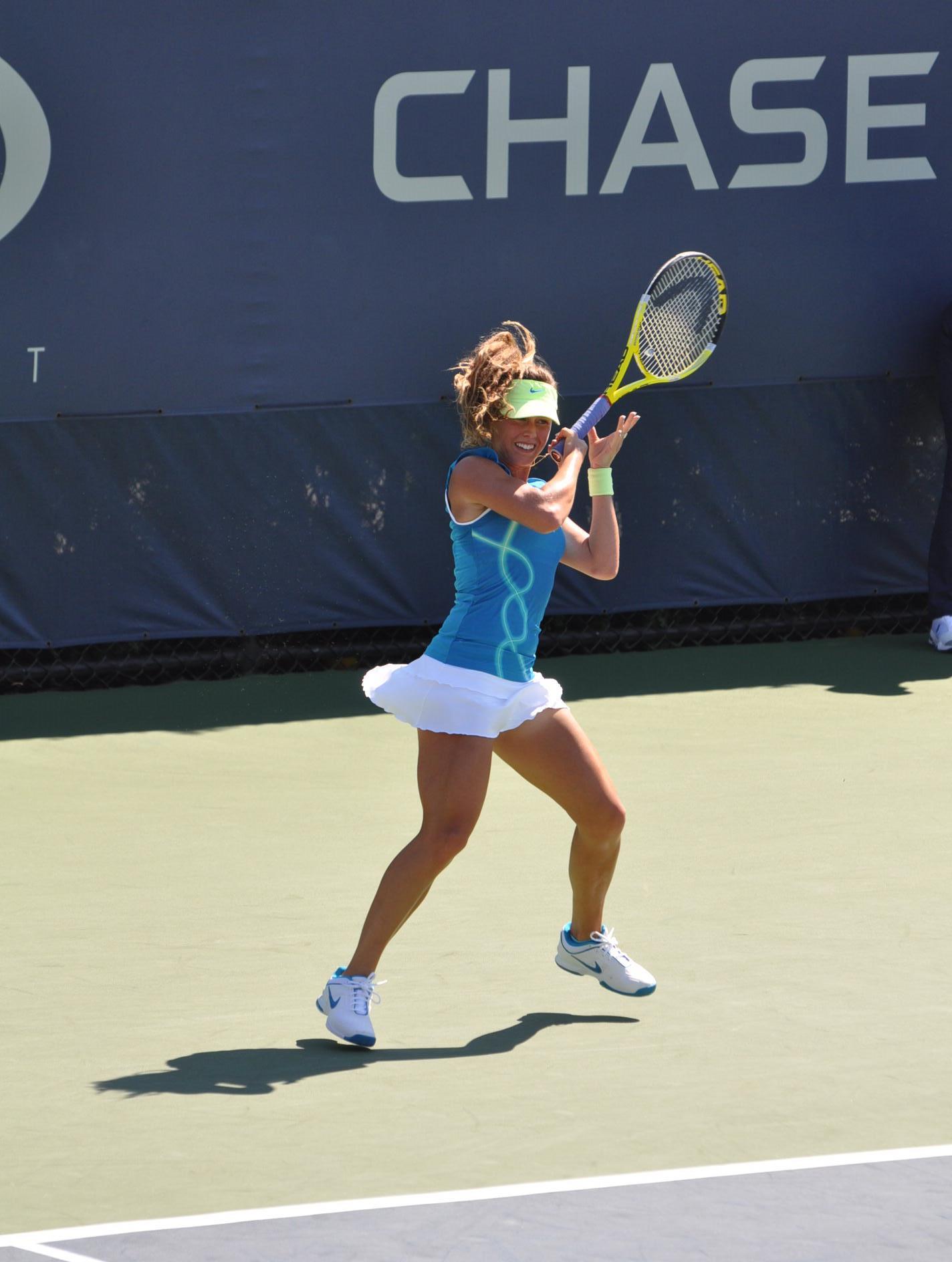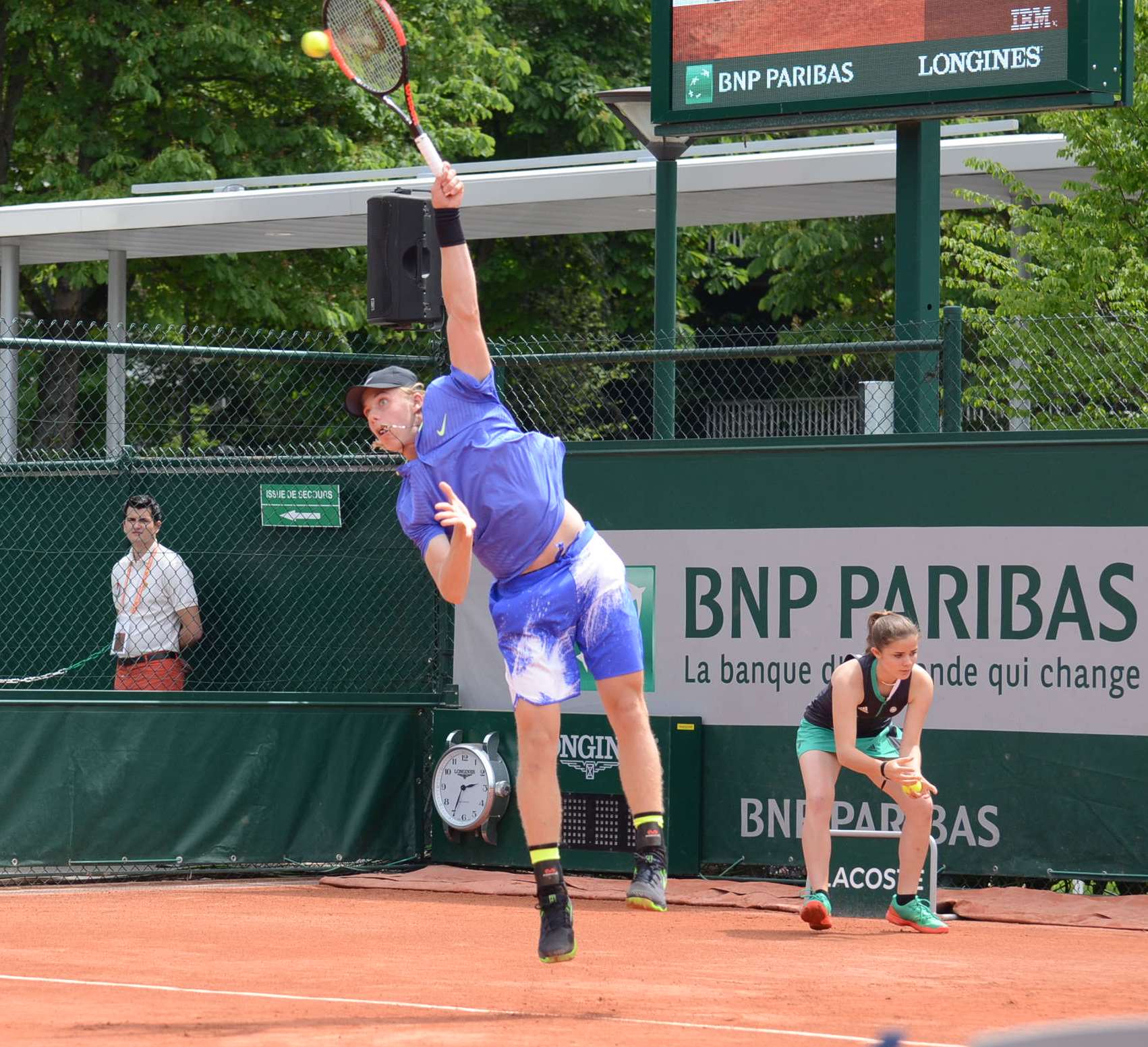
Marketa Vondrousova -Troubled service 3.0
Marketa's service has on one side (often) a very good long-axis pronation as well as an excellent head stability and eye control of the impact zone, but on the other side, it suffers from a rather extremely high toss, which leads to a limited body energy dynamic of the stroke...









